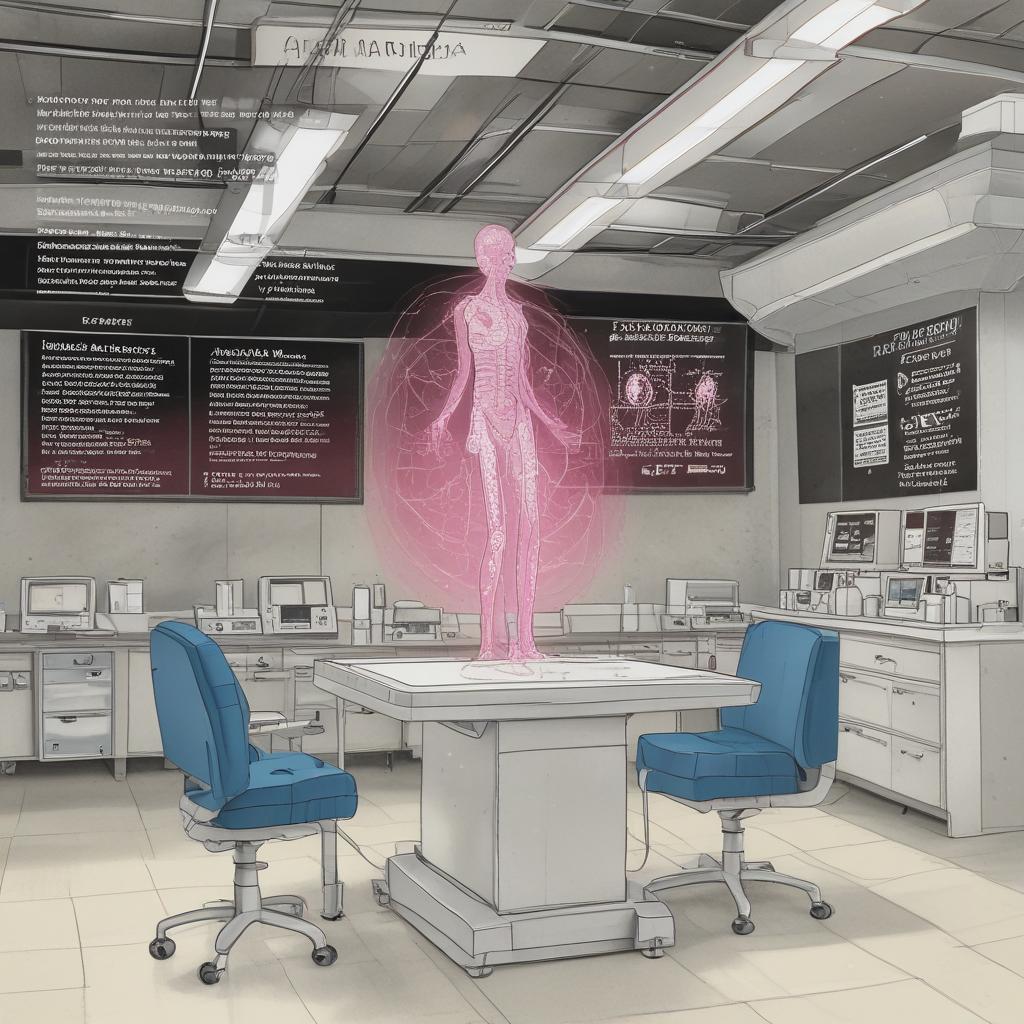HARD Therapeutic Strategies for Unresectable Soft Tissue Sarcoma of the Mediastinum
A sophisticated radiation therapy technique called hypofractionated accelerated radiation dose-painting (HARD) using intensity-modulated radiation therapy (IMRT) is used to treat cancer. This method delivers high doses of radiation to the tumor while minimizing exposure to surrounding healthy tissues. Here’s a breakdown of the approach:
- Hypofractionated Radiation Therapy: This refers to a treatment regimen where a higher dose of radiation is delivered in each session but with fewer sessions overall, shortening the treatment time compared to traditional radiation therapy.
- Accelerated Radiation: This term indicates that the total course of radiation therapy is delivered in a shorter timeframe, which can be beneficial for the patient and potentially in combating tumor growth.
- Dose-Painting: This technique delivers different doses of radiation to different areas within the treatment field, aiming to deliver a higher dose to areas with a higher likelihood of containing cancer cells while minimizing exposure to normal tissues.
- Intensity-Modulated Radiation Therapy (IMRT): IMRT allows for precise shaping of the radiation dose to match the contours of the tumor and spare surrounding healthy tissue by modulating the intensity of the radiation beams and utilizing multiple angles to target the tumor.
- Gross Tumor Volume (GTV): This refers to the visible or palpable extent of the tumor. In the treatment of unresectable sarcoma, the GTV receives the highest dose of radiation, 70 Gy, delivered in 28 fractions.
- Clinical Target Volumes (CTVs): These are areas containing a clinical volume of tissue that may contain microscopic disease. The intermediate-risk CTV (CTV_63) receives 63 Gy, and the low-risk CTV (CTV_50.4) receives 50.4 Gy, both over 28 fractions. The CTVs are expanded from the GTV to cover areas that might harbor undetected cancer cells.
- Margins: Margins are expanded from the GTV to ensure that the radiation treatment covers the entire area at risk. This expansion accounts for potential microscopic spread of the cancer beyond the visible GTV.
- Anatomic Boundaries and Organs at Risk: Care is taken to respect natural boundaries in the body and avoid including adjacent organs that could be harmed by the radiation (organs at risk) when expanding the CTVs.
- Local Control: This term refers to the ability to prevent the tumor from growing or recurring in the treated area. A 2-year local control rate greater than 90% suggests that this treatment effectively prevents the tumor from returning within two years after treatment.
This approach is tailored to maximize the dose to the tumor while protecting normal tissues, potentially leading to improved outcomes for patients. It’s important to note that such treatment should be planned and administered by a team of specialists, including radiation oncologists, medical physicists, dosimetrists, and radiation therapists, to ensure the highest level of precision and safety.
Source: <a href=”https://www.redjournal.org/article/S0360-3016(24)00258-X/fulltext?rss=yes”>Link</a>



